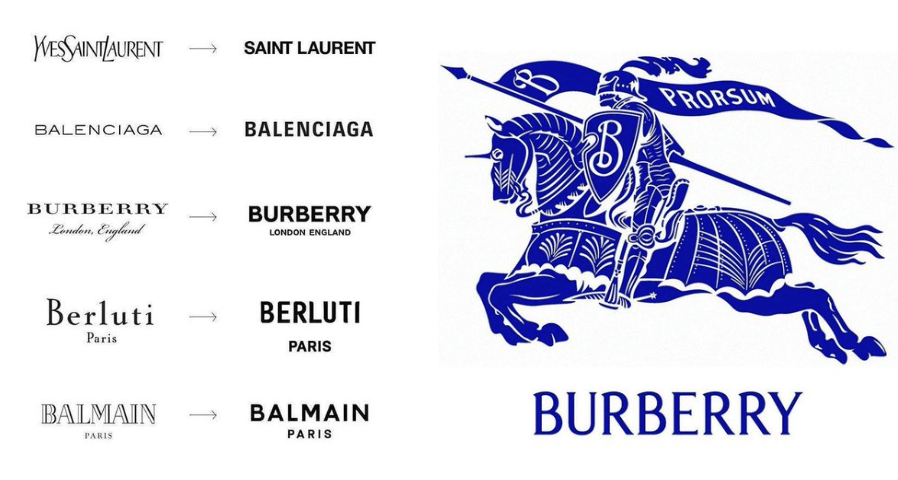- Healthy Competition 🥑🍉🍍
- Posts
- Differentiation vs. Distinction: Why You Need Both
Differentiation vs. Distinction: Why You Need Both
+ Investing in Companies That Can Grow 10x

There are two pillars that make up a competitive advantage.
The well-known pillar is differentiation.
The lesser-known pillar is distinction.
Most people forget about distinction and use differentiation as a catch-all. But it’s important that we understand them both.
Let’s break ‘em down:
Differentiation
Differentiation is based on a product, service, or brand. So think of things like unique features, outstanding customer service, or memorable logos. Here are a few examples:
Product:
Airbnb disrupted the hospitality industry with a platform that allows folks to rent out homes or spare rooms.
Netflix pioneered the concept of subscription-based streaming.
Tesla manufactured the first long-range, high-performance electric vehicles. They also invested in a proprietary Supercharger network so their customers could access fast-charging infrastructure.
Service: Zappos made headlines when one of their employees had a customer-service call that lasted 10 hours and 43 minutes. They knew that people could buy shoes anywhere, but they would become loyal to Zappos if the service went the extra mile.
Brand: Burberry updated the logo it had been using since 2018. The old design was stuck in the sea of sameness alongside other luxury brands. But now you can’t help but notice it. Check it out below.

credit: @alessio_joseph
Distinction
Distinction is based on the reputation or identity of a business within its industry. So things like a company’s vision, mission, and leadership can all contribute to distinction.
A great example of this is Salesforce’s commercial with Matthew McConaughey, “The New Frontier.”
While other tech companies like Meta and Amazon were obsessing over outer space, Salesforce made it known that they were investing in Earth.

These are just a few examples. But remember, both differentiation and distinction are essential for businesses to stand out in competitive markets.

From the Podcast Archives

Max Altschuler founded Sales Hacker which was acquired by Outreach in 2018. Now, Max is going all in on GTMfund which is an early-stage fund focused on B2B SaaS startups with product-market fit that are ready for hyper-growth.
In our conversation, we discussed:
the similarities and differences between starting Sales Hacker (a community) vs. GTMfund
how investors should assess startups' competitive landscape before deploying capital
whether or not we'll see more communities getting acquired in the future

From the Community
2,000+ messages are exchanged every month by your favorite Product Marketers in the Healthy Competition community. Here are some recent threads that got the community talking.
Not a member? Easy peasy. Just join here.

Check out the discussion here.

Check out the discussion here.

Community Member Spotlight
“Healthy Competition is such a great collaborative community. I've found it a place where great minds in the competitive world come together to support, success-share and discover best practice. Being able to ask honest questions and see & hear what others are doing has been extremely helpful. It's a one-stop-shop CI resource.”
Thanks for the 💚, Lisa! Make sure you give her a follow on LinkedIn.

Quick Tip

Excellent post by the CEO & Co-Founder of Maven that covers what he’s learned about dealing with competitors.

If you like this newsletter, then you’ll love Show Your Horns. Dejan shares great tips every week to help you build a competitive advantage. Check it out!

🥥🍍🥑 Fruity Memes 🍎🍉🫐



Stay Healthy, my friends.
💚Andy


Reply